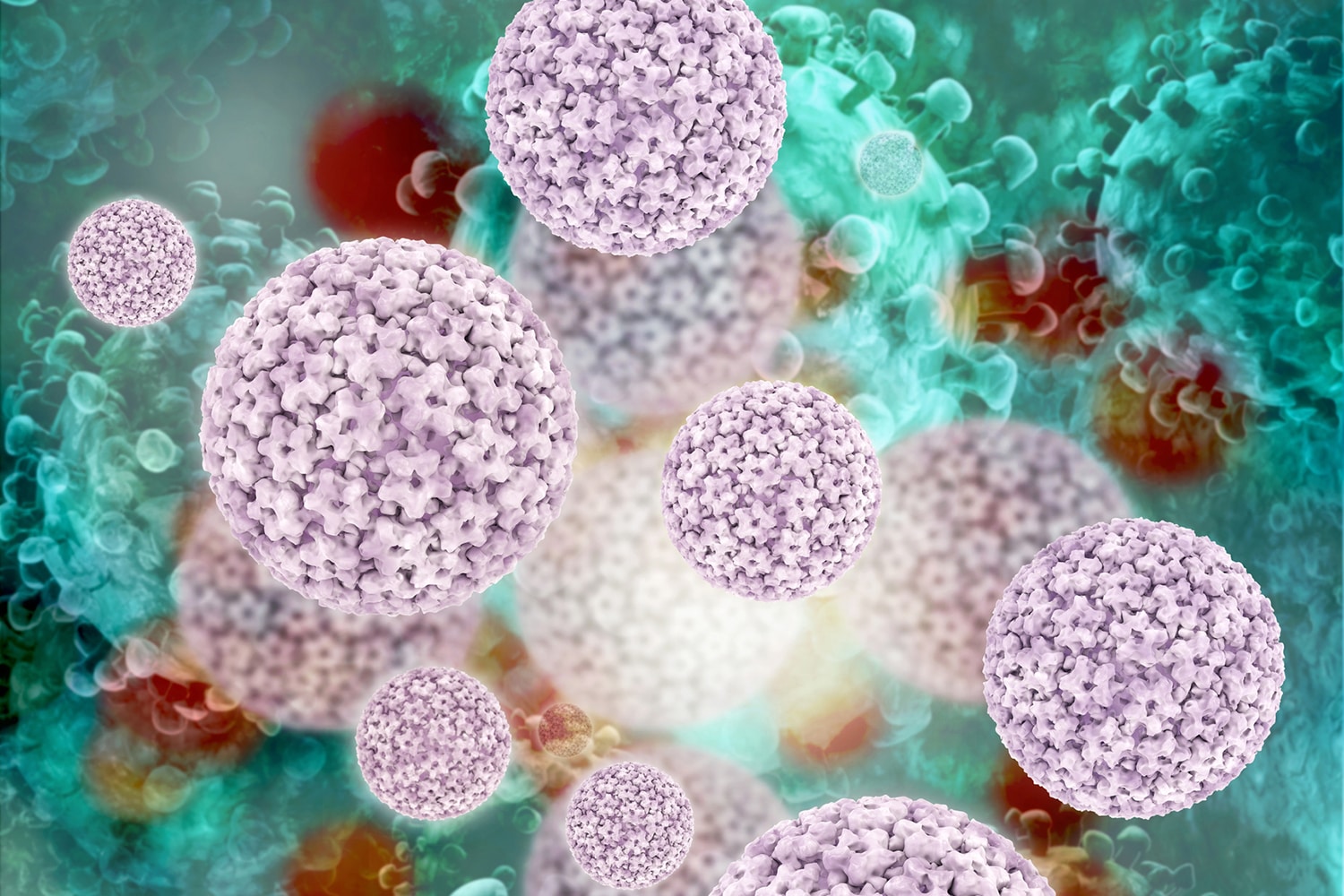What can be done to increase the number of adolescents in the United States who are vaccinated against human papillomavirus (HPV), the virus responsible for cervical and other cancers?
That’s the question explored in the report Accelerating HPV Vaccine Uptake: Urgency for Action to Prevent Cancer released in February by the President’s Cancer Panel, an independent group that monitors the National Cancer Program.
In 2006, the U.S. Advisory Committee on Immunization Practices recommended HPV vaccination for girls at age 11 or 12; five years later, it advised that boys be vaccinated at age 11 or 12 as well. According to the report, the Centers for Disease Control and Prevention (CDC) found that only about one-third of girls and less than 7 percent of boys in the U.S. between the ages of 13 and 17 had been fully vaccinated in 2012, far below the country’s goal of an HPV vaccination rate of 80 percent by 2020.
Full vaccination requires three injections over six months. According to the report, the CDC found that about two-thirds of 11- and 12-year-old girls did not receive the HPV vaccine at health care visits at which they received at least one other vaccine.
Addressing these missed opportunities must be a top priority, the report stresses. “Physicians need to educate parents and be forthright about the importance of [the vaccine],” says Owen Witte, a cancer biologist at the University of California, Los Angeles, who serves on the President’s Cancer Panel and co-authored the report.
HPV is responsible for about 18,000 of the cancer diagnoses that occur in U.S. women each year—close to 12,000 of these are cervical cancer—and 8,000 cancer diagnoses in men, including cancers of the penis and anus.
“We often look to the world of cancer research and clinical development for those dramatic break-throughs in therapies,” says Witte. “But there can be no greater victory than to prevent [a] cause of cancer. ” … This vaccine needs to be applauded, acknowledged and implemented.”
Cancer Today magazine is free to cancer patients, survivors and caregivers who live in the U.S. Subscribe here to receive four issues per year.





